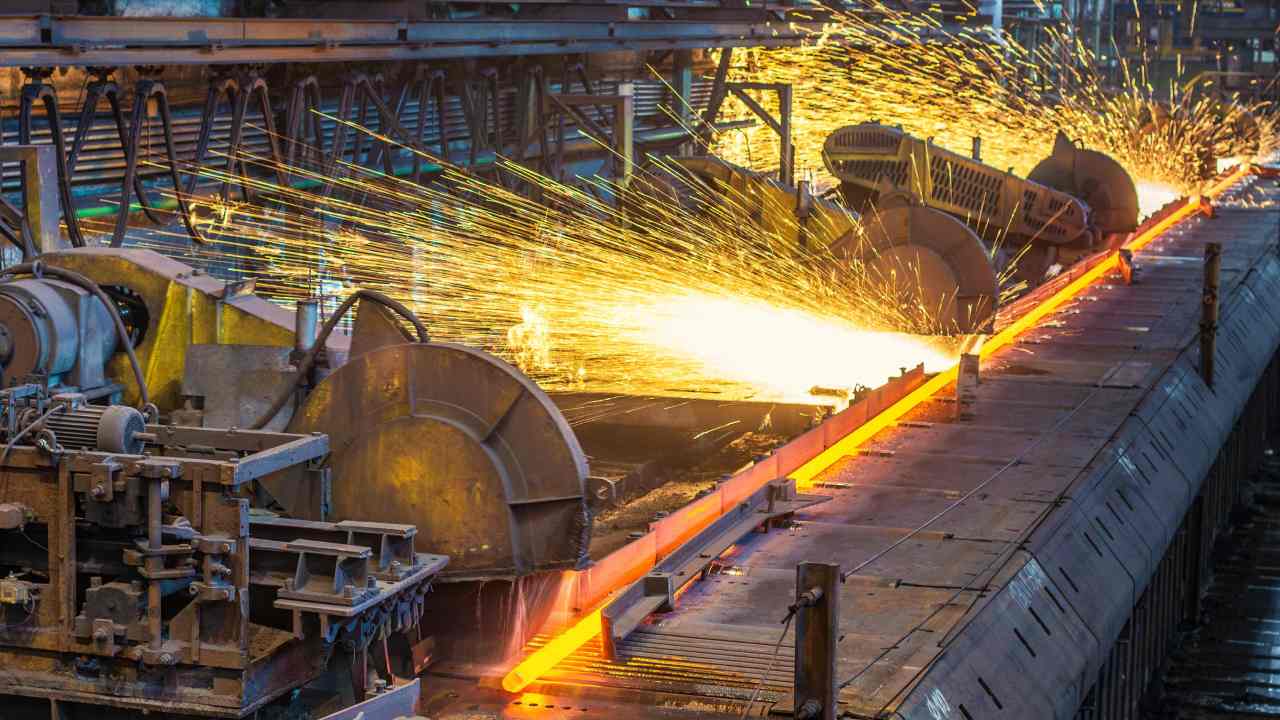The steel industry has come a long way since its inception in the 19th century. From the development of the Bessemer process to the rise of electric arc furnaces, the industry has undergone significant changes and transformations over time. Today, as the industry faces new challenges and opportunities, it is poised for further evolution and growth.
The history of the steel industry can be traced back to the late 1800s, with the development of the Bessemer process, which allowed for the mass production of steel. This led to a significant increase in steel production and consumption in the following decades, as steel became an essential material for infrastructure, manufacturing, and transportation.
In the mid-20th century, the steel industry underwent another transformation with the rise of electric arc furnaces, which allowed for the recycling of scrap steel and the production of specialty steels. This paved the way for the development of new industries, such as aerospace and electronics, which required high-quality and specialized steel products.
Today, the steel industry is facing new challenges and opportunities in the form of globalization, sustainability, and technology. The rise of emerging markets and the increasing demand for steel in developing countries have led to a significant shift in the industry’s global landscape. The industry is also facing pressure to reduce its environmental footprint and increase its sustainability, with new regulations and initiatives aimed at reducing greenhouse gas emissions and promoting circular economy principles.
Moreover, technology is transforming the steel industry in new and exciting ways. From automation and artificial intelligence to advanced materials and digitalization, technology is enabling the industry to become more efficient, sustainable, and competitive. New methods of steel production, such as direct reduction processes and hydrogen-based steelmaking, are also being developed, which have the potential to significantly reduce the industry’s carbon footprint.
Looking to the future, the steel industry is poised for further transformation and growth. With the ongoing need for infrastructure and manufacturing, the demand for steel is expected to continue to rise. The industry is also well-positioned to play a significant role in the transition to a low-carbon economy, with the potential to develop new, sustainable steel products and technologies.
In conclusion, the transformation of the steel industry over time has been significant and profound. From the Bessemer process to electric arc furnaces to the current era of globalization, sustainability, and technology, the industry has undergone constant change and evolution. As the industry faces new challenges and opportunities in the future, it is well-equipped to continue its transformation and make a significant impact on the global economy and society.

